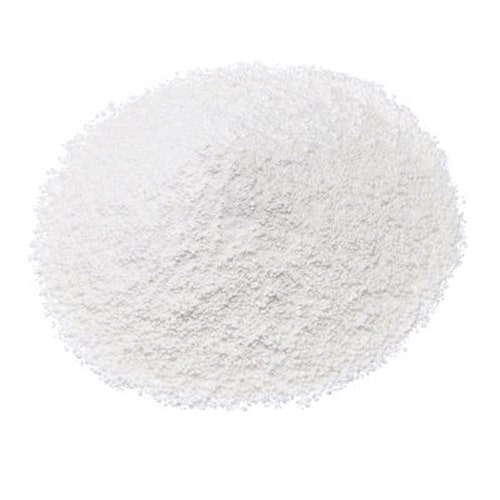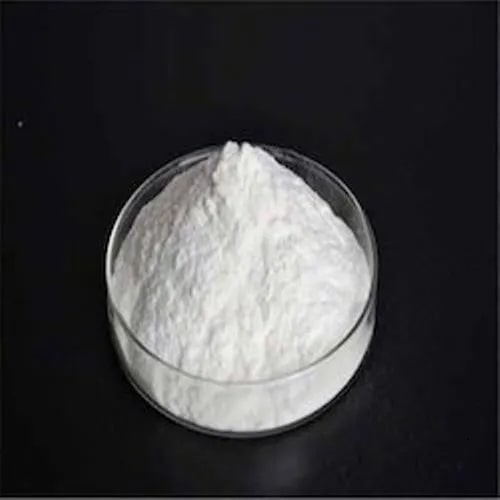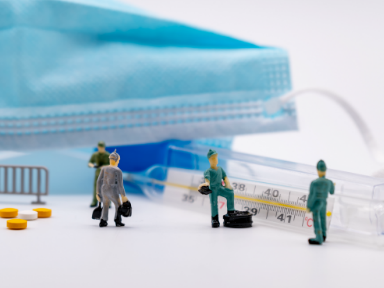The Janssen Pharmaceutical Companies of Johnson & Johnson announced results from the first randomised Phase 3 study investigating the subcutaneous (SC) formulation of DARZALEX (daratumumab) in the treatment of patients with newly diagnosed light chain (AL) amyloidosis, a rare and potentially fatal disease.
The data demonstrated daratumumab SC in combination with cyclophosphamide, bortezomib, and dexamethasone (D-CyBorD) resulted in a significantly higher haematologic complete response rate (CR), 53 percent vs. 18 percent (P<0.0001), compared to CyBorD.
Additionally, treatment with D-CyBorD delayed the time to major organ deterioration (MOD), haematologic progression or death (MOD-PFS), and enhanced event-free survival (MOD-EFS) based on MOD-PFS criteria with the time to initiation of next therapy. The combination showed a safety profile consistent with daratumumab SC or CyBorD alone.
The results are being highlighted during a press briefing at the 25th European Hematology Association (EHA) Annual Congress today and will be presented during the late-breaking oral session on Sunday, June 14 at 03:00 p.m. CEST (Abstract LB2604).
AL amyloidosis is a rare and potentially fatal multi-system disorder that occurs when the bone marrow produces abnormal pieces of antibodies called light chains, which clump together to form an amyloid.
This amyloid is deposited in tissues and vital organs and interferes with normal organ function.
As the disease progresses, many patients experience gradual deterioration to multiple organs, including the heart, kidneys, liver, nervous system and digestive tract. Prognosis is dependent on multiple factors including the pattern and number of organs involved and the treatment regimen.
Patients with AL amyloidosis have a poor prognosis with an estimated median survival ranging from six months to three years depending on the patient population and data used.
There are currently no therapy options approved by regulatory bodies such as the European Medicines Agency (EMA) or U.S. Food and Drug Administration (FDA) to treat this devastating disease.
“Due to widely varying symptoms of AL amyloidosis, which can be mistaken for more common conditions, patients are often faced with a delayed diagnosis of several years. These delays to diagnosis and treatment impact on emotional wellbeing, and lead to poorer outcomes for patients,” said Giovanni Palladini, M.D., Ph.D., acting director of the Amyloidosis Research and Treatment Center at the University Hospital San Matteo in Pavia, Italy and study investigator. “Current therapies focus on slowing the production of amyloid protein and managing symptoms, but there is no approved treatment for AL amyloidosis. The results of the ANDROMEDA study have demonstrated the potential of daratumumab for newly diagnosed patients with AL amyloidosis, which could fulfil a great unmet need and alleviate the burden of organ damage for these patients.”
Results from the ANDROMEDA study showed that the primary endpoint, haematologic CR rate, was 53 percent for D-CyBorD and 18 percent for CyBorD (Odds Ratio=5.1; 95 percent confidence interval [CI], 3.2-8.2; P<0.0001). In addition, patients receiving D-CyBorD achieved higher rates of overall haematologic response (92 percent vs. 77 percent) and very good partial response or better (≥VGPR; 79 percent vs. 49 percent) than patients receiving CyBorD.3 Among the 195 patients who responded to treatment in the D-CyBorD arm, median time to ≥VGPR/CR was 17/60 days compared to the 193 patients in the CyBorD arm whose median time to ≥VGPR was 25/85 days.
The six-month organ response rate nearly doubled for patients treated with D-CyBorD versus CyBorD, for both cardiac (42 percent vs. 22 percent; P=0.0029) and renal (54 percent vs. 27 percent; P<0.0001) responses. Additionally, MOD-PFS (Hazard Ratio=0.58; 95 percent CI, 0.36-0.93, P=0.0224) and MOD-EFS (Hazard Ratio=0.40; 95 percent CI, 0.28-0.57, P<0.0001) favoured the D-CyBorD arm, demonstrating substantially delayed major organ deterioration, haematologic progression, or death, as well as improved event-free survival. In addition, the D-CyBorD arm, which is delivered subcutaneously, helps to limit intravenous fluid overload, an important treatment factor in the setting of cardiac compromised patients.
“Through the daratumumab development programme, Janssen has deep expertise in diseases where CD38 is highly expressed. Daratumumab’s mode-of-action gives us an opportunity to treat the underlying cause of AL amyloidosis and potentially bring a new therapy option to patients living with this rare disease,” said Patrick Laroche, M.D., Haematology Therapy Area Lead, Europe, Middle East and Africa (EMEA), Janssen-Cilag. “Since launch daratumumab has treated over 130,000 patients worldwide and has become the foundation of multiple myeloma treatment, and we will continue to investigate its potential in diseases in which CD38 is expressed.”
The most common Grade 3/4 treatment emergent adverse events occurring in more than 5 percent of patients for the D-CyBorD arm compared to the CyBorD arm, included lymphopenia (13 percent vs. 10 percent), pneumonia (8 percent vs. 4 percent), diarrhoea (6 percent vs. 4 percent), cardiac failure (6 percent vs. 5 percent), neutropenia (5 percent vs. 3 percent), syncope (5 percent vs. 6 percent) and peripheral oedema (3 percent vs. 6 percent). The study showed daratumumab SC had a low rate of administration-related reactions (ARR).
Systemic ARRs in the D-CyBorD arm occurred in 14 patients (7 percent), all were Grade 1-2 and most occurred during the initial administration. A total of 56 deaths occurred (D-CyBorD, n=27; CyBorD, n=29).





 ALL
ALL Pharma in China
Pharma in China Pharma Experts
Pharma Experts Market News
Market News Products Guide
Products Guide Brand Story
Brand Story























 Pharma Sources Insight January 2025
Pharma Sources Insight January 2025








